By Dave Anderson

It’s March and, here in Rhode Island we’re still probably five weeks away from reliable schoolie fishing and probably eight weeks away from seeing the first big pushes of large stripers in our waters. This leaves us plenty of time to split between poring over maps, Google Earth and walking the beaches at low tide, trying to pinpoint likely areas where the biggest stripers will be most likely to show up within range of the surfcaster.
What Are You Looking For?
There are countless configurations of water and structure that will give up striped bass for the surfcaster, but when it comes to big ones—we’ll call that 30 pounds and larger—the list gets shorter. But there are a few terrain configurations that stand out as spots that produce big fish with far greater consistency. This is more than just seeing something and then reaping the rewards of that find. Surfcasting is not a video game, you can’t just find some little token and then suddenly have the power to execute. This requires some level of understanding about why one little piece of shoreline is far more productive than everything else around it. I say “some level” of understanding, because everything that I’m going to tell you is based on my attempts to explain my own experiences, but there’s no way to confirm that my theories are correct.
The first big thing to internalize is the importance of transition zones, these can be transitions between bottom types, yes, but what I’m really talking about are steep depth transitions. I know of places where transitions of just two feet have proven to be enough to pull big fish in reliably enough to make them regular stops on my personal list. Most Rhode Island shorelines will feature a transition somewhere within a cast or two of the water’s edge, but we want to concentrate on the areas where the transition presents as a defined ledge; this could be 2 feet or 20 feet, each has potential. Step one in sifting out the ones that have increased potential is finding those that feature a quick escape to deep water—this is a safety blanket of sorts that, I believe, gives the bass a sense of security where they can run off and disappear if things get weird or uncomfortable.
Striper Highways
It’s not uncommon to find areas where a transition will roughly mirror the shoreline for a long distance, I refer to these as “highways”. In my progression as a surfcaster, I have spoken to many divers and spear fishermen, the thing that comes up time and time again is that stripers (and especially large ones) are often seen shadowing a ridge or drop-off. After much consideration and thought I have settled on the ambush advantage as the most likely reason for this. Swimming along any type of edge gives the predator open sight lines over two sides of structure that we also know many species of reliable baitfish (tautog, scup, cunners, sea bass, sea robins etc) live in and around. And it offers cover for ambush no matter which side of the ledge the striper happens to be swimming along.
You can post yourself up in an area where your casts will swim across or along a highway transition and have a good shot at success and sometimes this is the best scenario you’re going to get. But if you study deeper you can root out areas of higher probability, one such area would be a place that forces anything traveling the edge to make a turn, it could be a submerged point, it could be a corner or even the edge of a submerged bowl structure. These areas create increased ambush opportunities and either invite predators to stage or puts them on higher alert, in turn making it easier to present your plug or fly in a way that mimics what they may be expecting to see. Basically, you’re attempting to sell that moment before an unsuspecting 10-inch tog realizes that it’s in the crosshairs of a giant. Another area that might stand out from the rest is a place where the ledge drops off into deeper water or where a deeper trough veers in closer to the edge, these spots might offer increased feelings of security, giving a trophy class fish a little more reason to pause in an area or acting as an entry point for a large fish swimming in from a deeper staging area. The last area I will highlight is an area where the edge falls off from a gnarly boulder field, these areas are loaded with big bait and those edge areas represent places where one of those baitfish is more likely to drift over an edge and leave itself open to a strike. There are more areas that could stand out as higher-than-normal-probability spots, basically you can focus on anything that makes them different than what’s around them.
I feel it’s important for me to clarify here that I don’t think giant stripers are scaredy-cats. I just think they’re older and wiser and have learned that they’ll be big enough to be invincible and therefore like to have the safety of deep water nearby where, I like to say, they can disappear with just a few pumps of the tail. I also think they’re more instinctual than younger bass, so smaller details that seem out of place might be more likely to put them off the feed or send them out of the area and back into the safety of deeper water. Even if that’s not totally correct, fishing as if it is will only make you better, stealthier and more focused on the details.

Exciting Contours
One of the contour configurations that really gets me excited is a place where a highway transition wraps around what I call an outside corner. This basically means a place where a long stretch of relatively straight shoreline makes a 90 degree turn. I like this because it forces everything following that highway to turn and because it stands out as the first ‘different feature’ for a long stretch, but most of all I like them because of what it means for the current. If the current is running along that long stretch of shore, it’s going to change a lot when it wraps that corner, it’s going to trail off into a weak rip line, and will likely be sucked in closer to shore by the physics of the water rushing to fill a larger void. If the current is flowing in the opposite direction, it’s going to hit that corner head-on, forcing it to upwell and also to be squeezed around the corner, setting up another weak rip. Put some deep water close to that corner and I’m damn well certain it’s going to be a producer during some window in the tide or season.
Something else that will often stand out as an easy home run is a piece of isolated structure on an otherwise featureless transition. These spots could be described as an oasis in the desert or the prettiest girl in the room. These spots are going to attract baitfish like a magnet because they represent the only place to hide in an area that’s otherwise barren. This could be a small pile of rocks, a single large boulder, the tip of a jetty, I’d imagine a sunken boat would do the trick as well. Basically, these spots become attractive by default because there’s nothing else around. The hardest thing to find with these is often a way to access them if they’re not within a cast of wade-able water.
When fishing a shoreline where you believe a highway transition may shadow the shoreline, sometimes the best spot is nothing more than the place that offers the best access to the edge. Most the areas that get you closer to the edge are also submerged points where the contour lines stack more tightly, making them stand out among the rest of what’s present along that edge. Even if you have to swim to a rock, I think most wetsuiters would agree, that where there’s one large rock there are very often more close by.
Keep The Faith
That’s my data dump on highway transition zones. But there’s one more thing that needs to be said. If you’re going to use these guidelines with success you need to temper your expectations, it takes a lot of time and dedication to figure these places out and even the very best of them have off nights, even under perfect conditions. Once you’ve found a spot that ticks enough boxes for you to deem it worthy of your time and effort, your goal should shift to finding a pattern. Never, ever expect too much of your spot. Odds are it’s not going to produce right away, you need to have the patience and confidence to stick with it if you’re ever going to uncover its secrets. But for the select few of you that will put in the time to figure them out, the rewards are likely to last many years, maybe even your entire surfcasting life. Sounds worth the effort, doesn’t it?




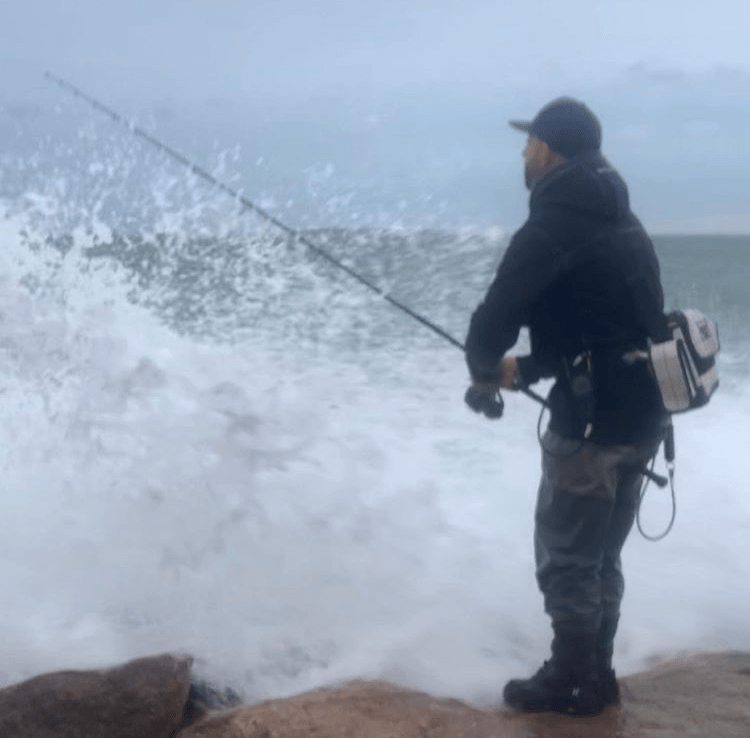

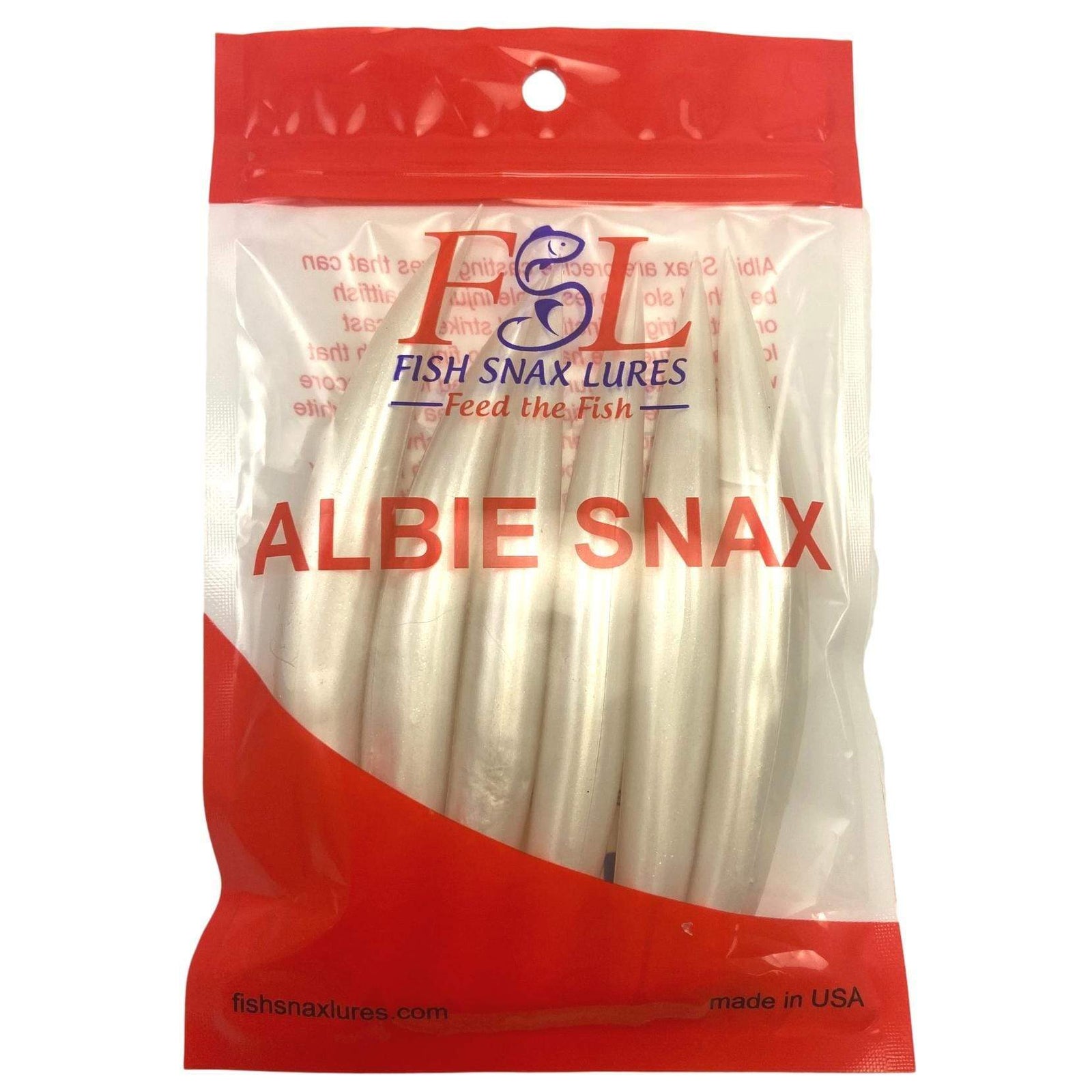

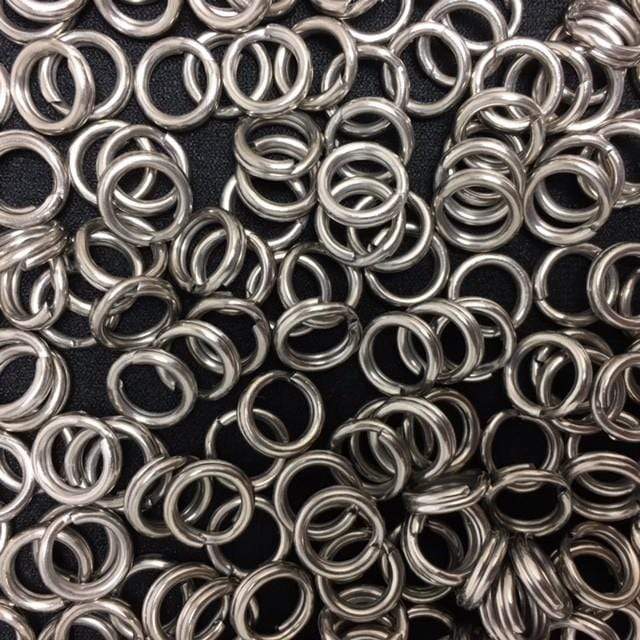
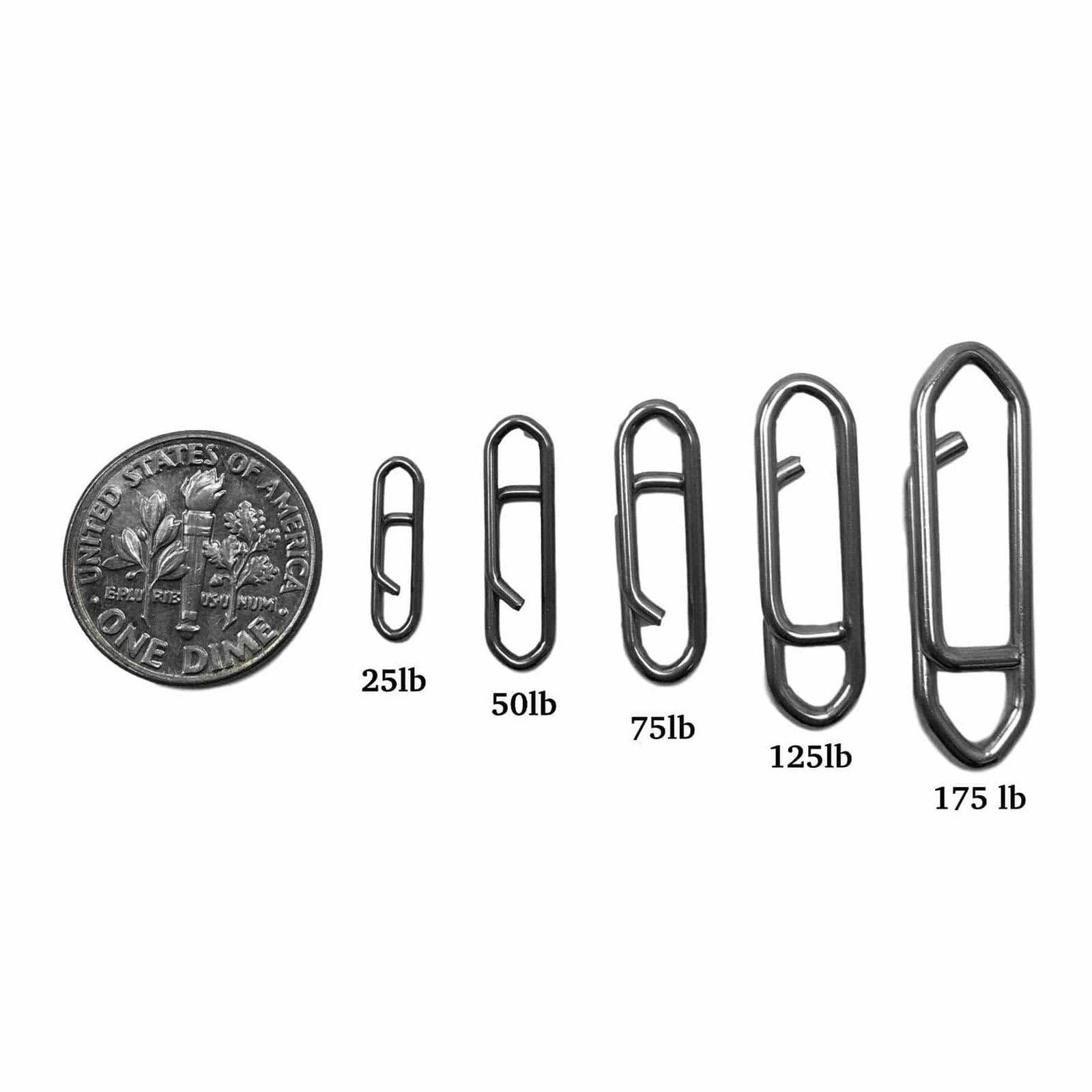


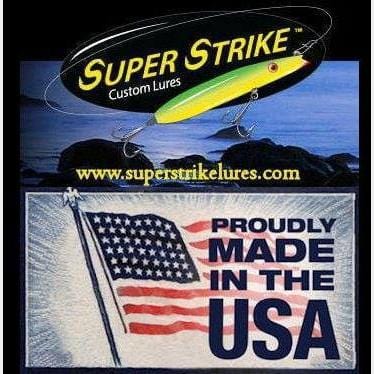

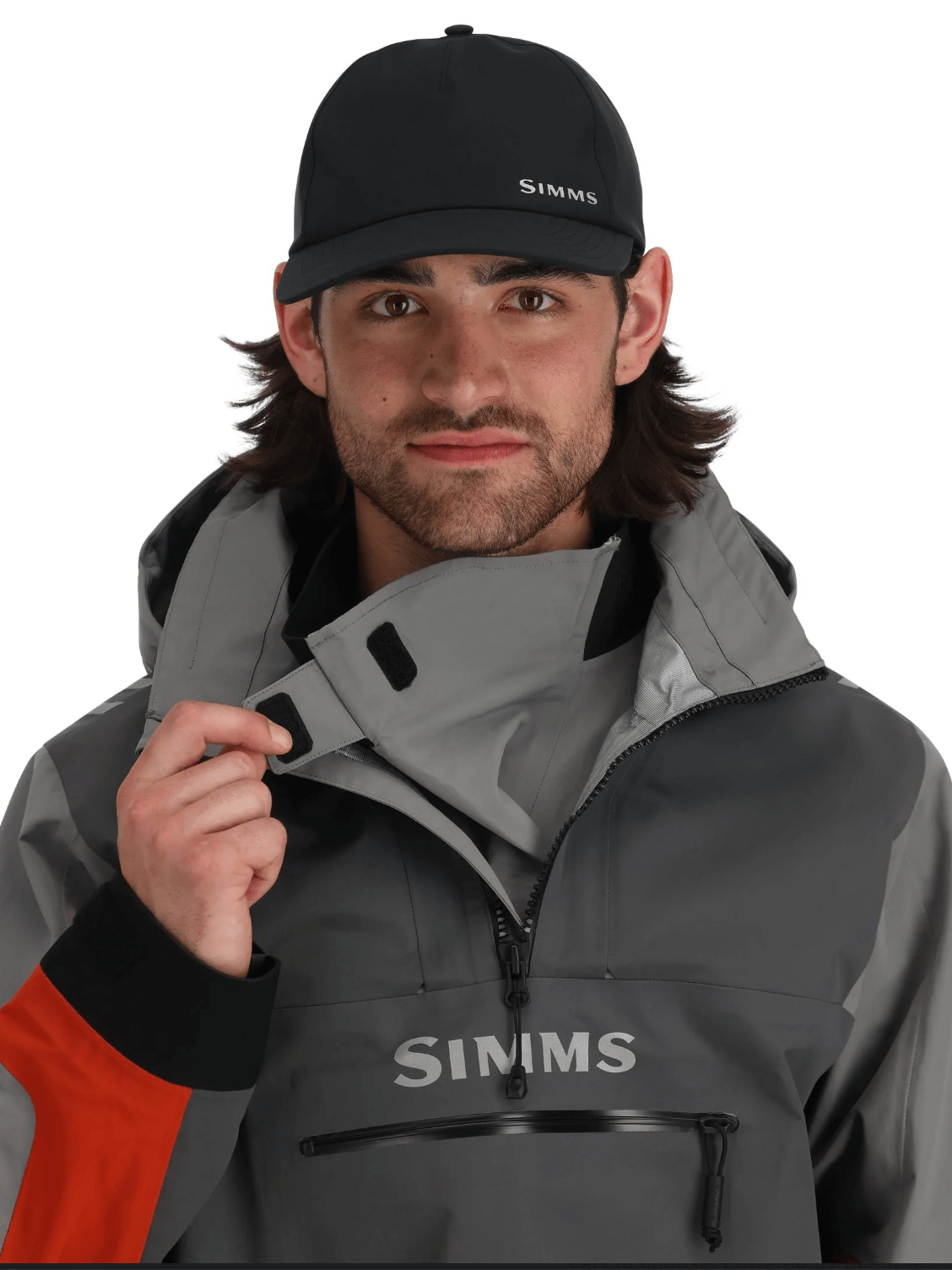

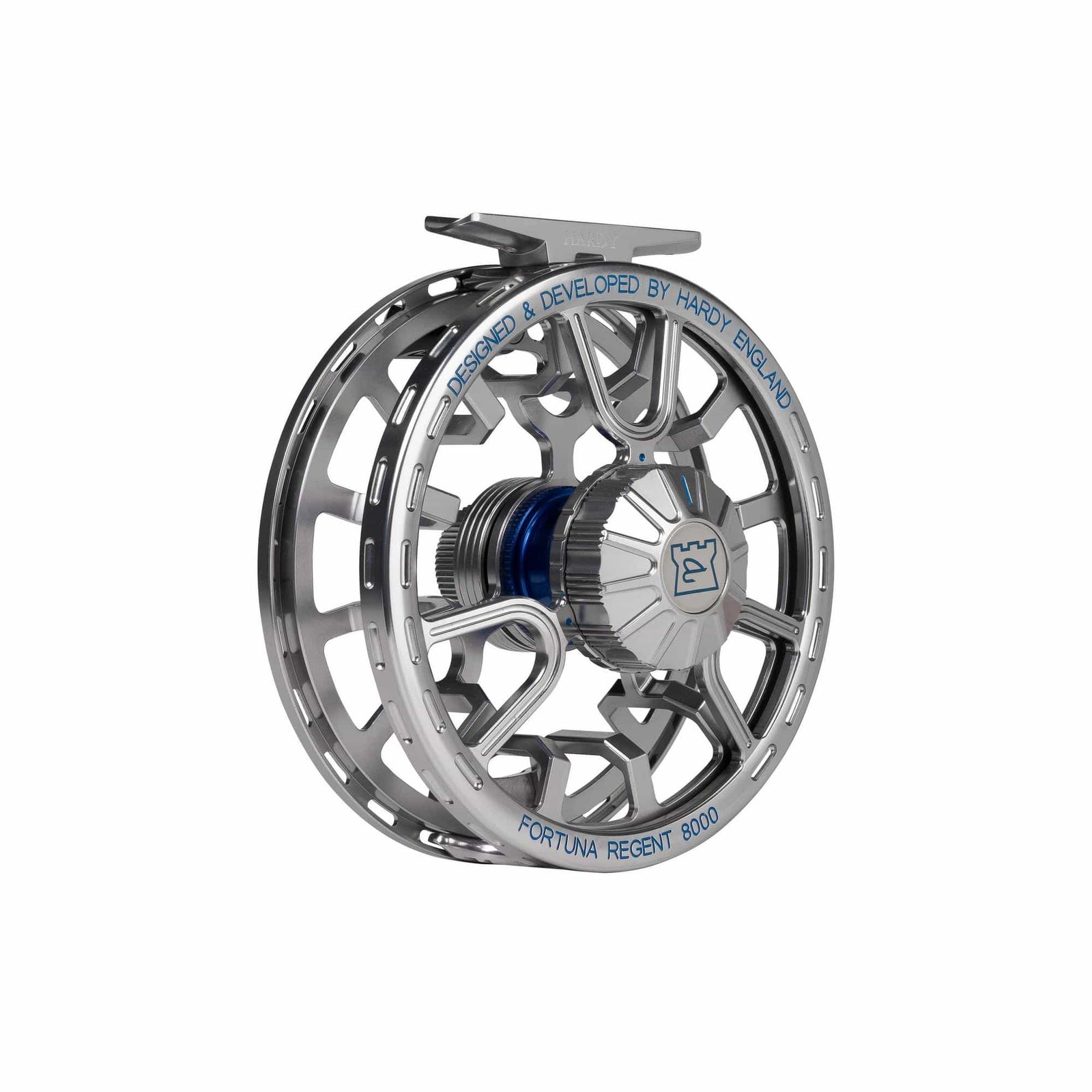
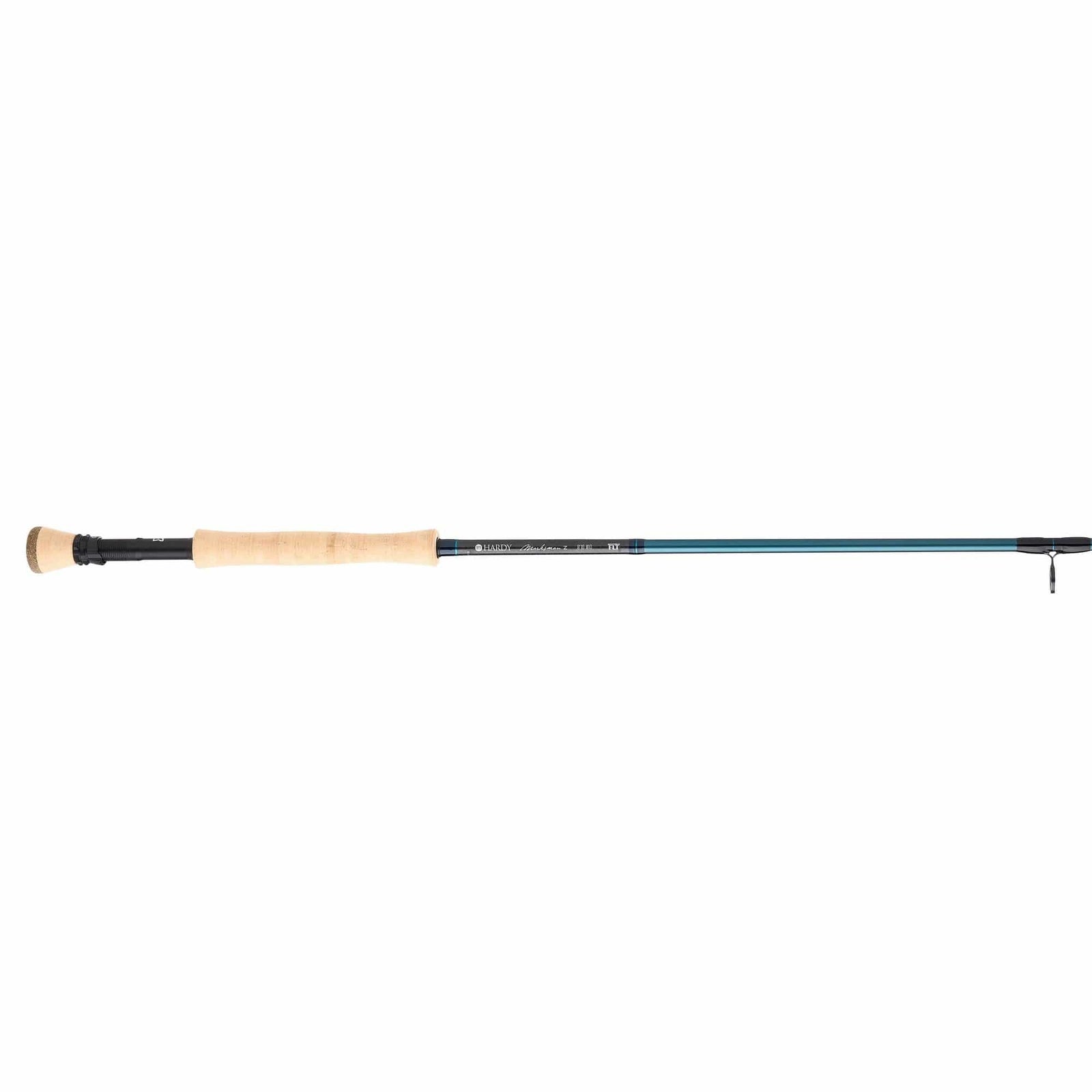

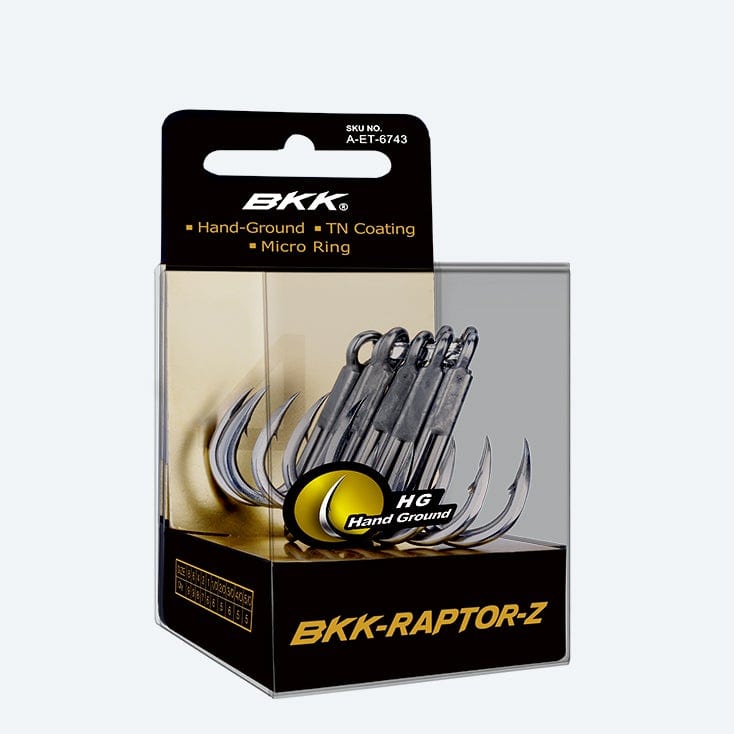



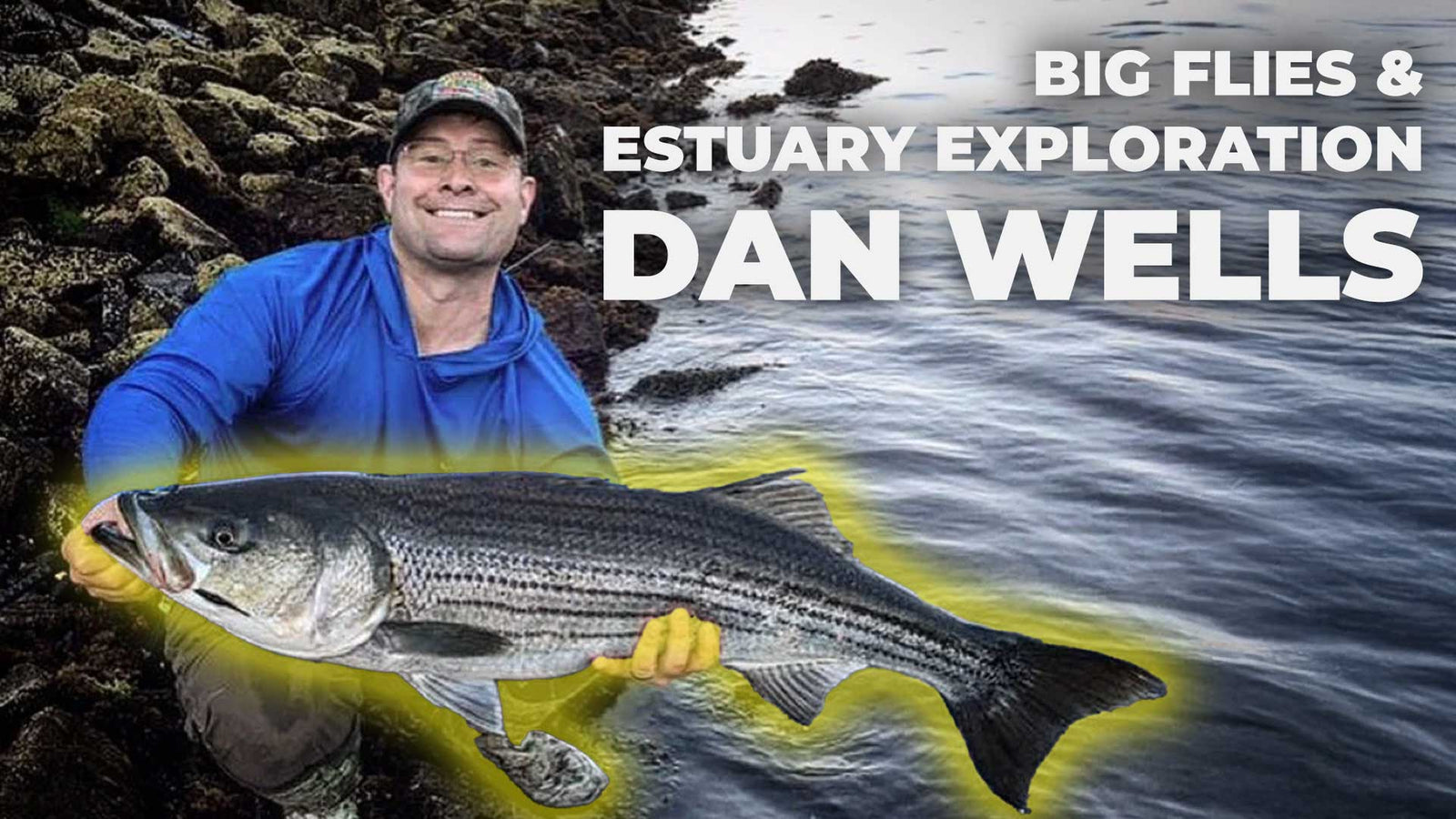
Neville Broad
March 11, 2025
Another great blog from Dave – thanks for sharing.